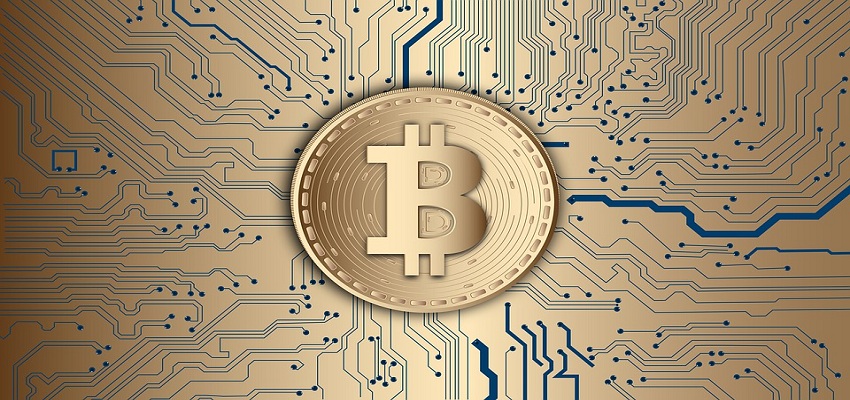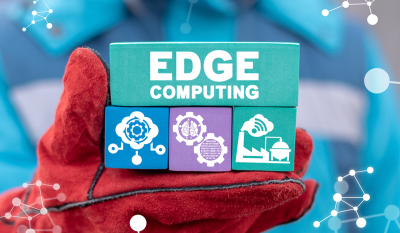The blockchain is the latest invention in the field of technology that has created a lot of hype around the idea. Blockchain was initially developed by a person or a group under a pseudonym Satoshi Nakamoto. However, within a few months blockchain captured everyone’s attention due to its feasibility and transparency for the investors. Blockchain allows all the digital information to be distributed rather than stored in a single place. The first major application of blockchain was bitcoin. Bitcoin was a kind of digital currency that was used by digital users for the transaction. Bitcoin decentralizes the digital currency without a single admin or bank, managing the user to user transaction. Bitcoin is cryptographically encrypted that makes it difficult to track or steal. Bitcoins created the process of mining wherein Bitcoins were created for distribution. Bitcoins were used for overall transactions for different services and products, however, they also have been criticized for the illegal transactions across the black market. Bitcoin also came under loads of scrutiny because of its volatile nature and bubble that was formed initially. Research done by the University of Cambridge estimates that in 2017, there in 2.9 to 5.8 million users using crypto-currency.
What is Blockchain?
Picture a spreadsheet that has been duplicated thousands of times across several networks of computers. Imagine that the network is designed in such a way that the spreadsheet is regularly updated as the transactions or movement of information happens. The information in any blockchain exists as shared and continuously being updated with any changes. The users holding the spreadsheet can monitor the transaction providing the transparency. All the information is stored in millions of computers and initiated by millions of people. The blockchain information Is decentralized from all the points so hackers cannot really gain access to all the encrypted information. Download our whitepaper on the blockchain.
Durability and robustness of Blockchain:
Blockchain technology has inbuilt robustness that stores blocks of information across the network in the same identical patterns. As all of the information is totally decentralized.
Here are some of the benefits of the following:
1. Cannot be controlled by a single organization or user.
2. Has no point where the total network can be damaged.
The blockchain is developed on the concept of distribution that was also used during the initial stages of Internet development. With the internet having more than 30 years of its track record clean without any major disruption in the technology model, blockchain will be a fine invention. The blockchain is a self-sustaining network that automatically understands the up-gradation that need to be made with each transaction. Public network means that the database cannot be altered from a single point that would alert the system. Also if a person wants to alter single information on the blockchain, they will require a supercomputing power to override the entire network.
The Impact of Nodes In Blockchain Infrastructure:
Every node acts as the admin of the blockchain and joins the network voluntarily. However, when a node joins the network, they participate in the network giving them a chance to win a bitcoin. Each node performs the task of validating and relaying the transaction through the network. Nodes are used in mining the bitcoin, however, the term mining is quite narrow in terms of application.
Decentralization and Security
Storing data across the network helps blockchain eliminates the security risk coming with data. The network lacks a centralized point of entry that can disrupt the whole network completely. Banking system today relies on similar technology of single data point entry with the username and password. Blockchain disrupts the total network by using encryption to protect the data. The blockchain is developed on a security feature of public keys and private keys. A public key is a randomly generated number that is the address of the user on the blockchain. The private key is used as a password that gives the owner access to digital assets. The only difference between the current banking system and blockchain is the encryption level makes it much safer with a distributed system.
Uses of Blockchain
The strong case for the use of blockchain currently is finance. Currently, money transfers inside the country and across the globe have picked up the pace. This, however, has included many security risks for the recipients as it goes through a string of networks that are vulnerable. Bitcoin would eliminate the infrastructure problem by easing the transaction on the network using encryption. Bitcoin is still in its development phase but with a number of applications we are developing the technology will improve.
For more information about blockchain, you can download our whitepaper.













